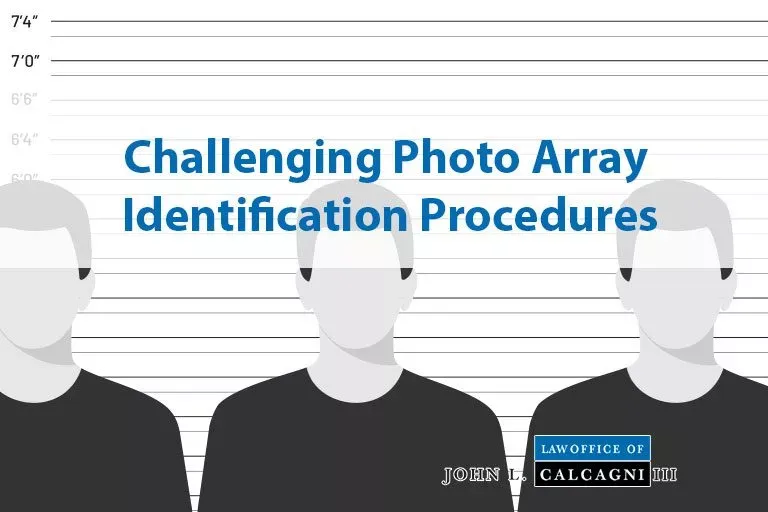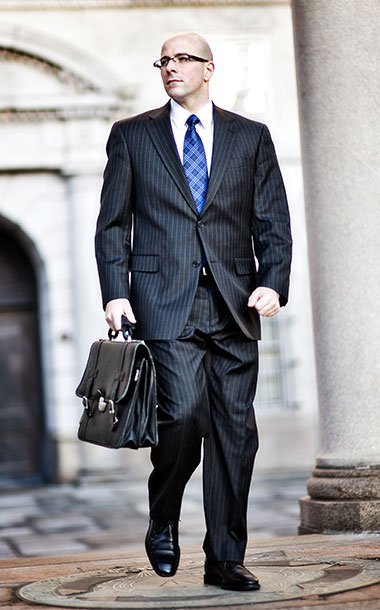
When trying to identify a crime suspect, police may conduct out-of-court identification procedures such as lineups, face-to-face identifications, or photo arrays.
The photo array identification procedure is where a law enforcement officer attempts to identify a suspect by displaying a series of photographs to a victim or witness of a crime to determine if he or she identify the suspect.
Photo arrays, like other out-of-court identification procedures, must comply with the due process requirements of the Fifth and Fourteenth Amendments to the U.S. Constitution. Simmons v. United States, 390 U.S. 377 (1968).
Photo arrays, while a useful identification tool, can be conducted in a manner that runs afoul of the law.
Attorneys who suspect the eyewitness identification procedures of their client violate the law should file a motion to suppress identification evidence.
Proving that use of photo array violates the due process clause
To prove that use of a photo array violates the due process clause, the Court must look to the totality of the circumstances surrounding the identification procedure to determine if the procedure was unnecessarily suggestive, as to the suspect’s identity. Commonwealth v. Vasquez, 482 Mass. 850 (2019).
Unnecessarily suggestive identification procedures violate the due process clause.
Factors to be considered in the totality of the circumstances test include, but are not limited to:
- similarity of the photos displayed in the array
- similarity of the suspect compared to others in the array
- the manner the photos were displayed (one photo at a time or all photos grouped together)
- statements or conduct by police or others present for the procedure
- and more
If a defendant can successfully demonstrate that procedure leading to his identification was unnecessarily suggestive, then the out-of-court identification may excluded or suppressed at trial for violating the defendant’s right to due process under the state and federal constitutions.
If you have questions or concerns about photo arrays or a photo array identification procedure used in your case, contact the New Bedford, Massachusetts Law Office of John L. Calcagni III, Inc. for a free consultation at (508) 213-9113.

